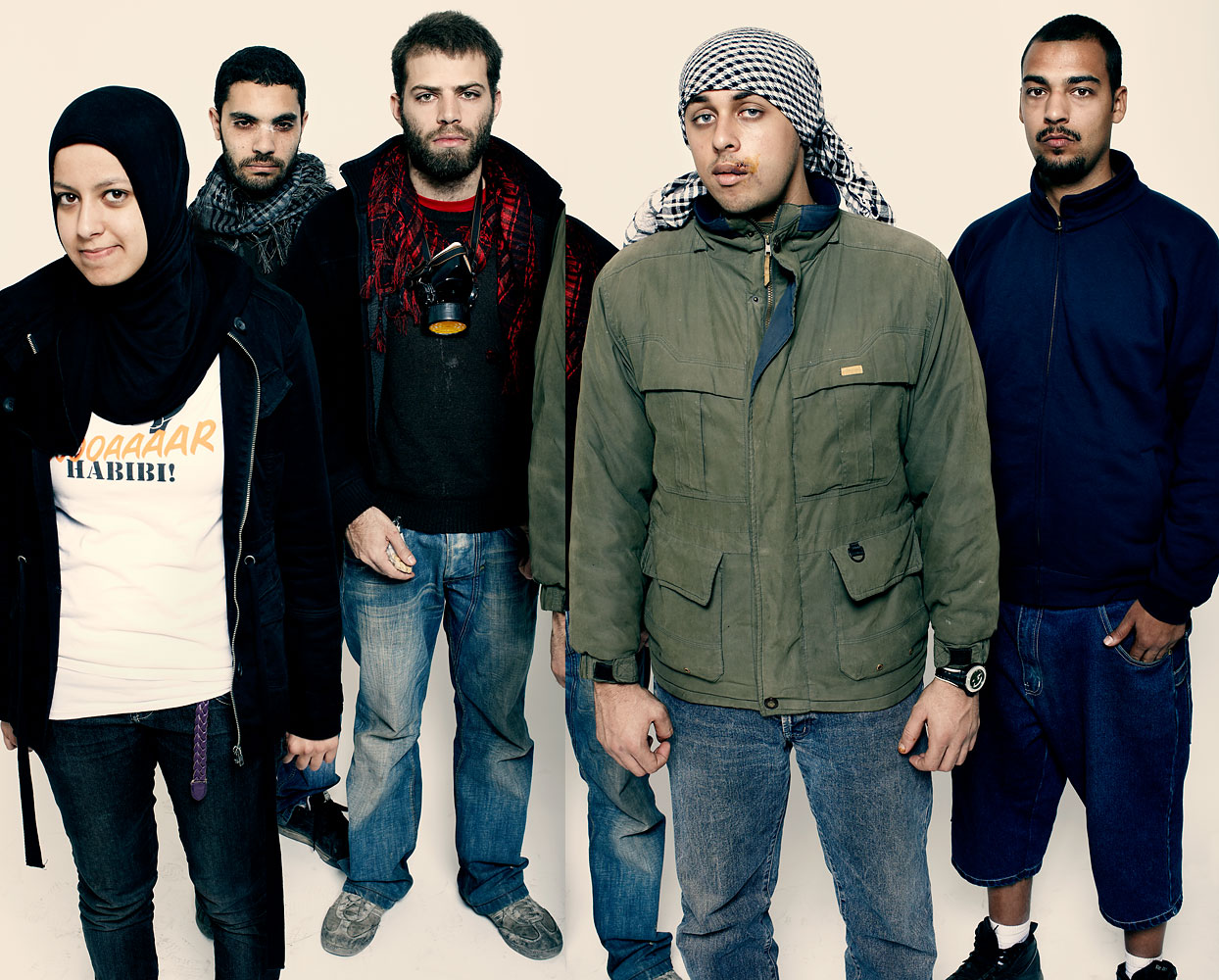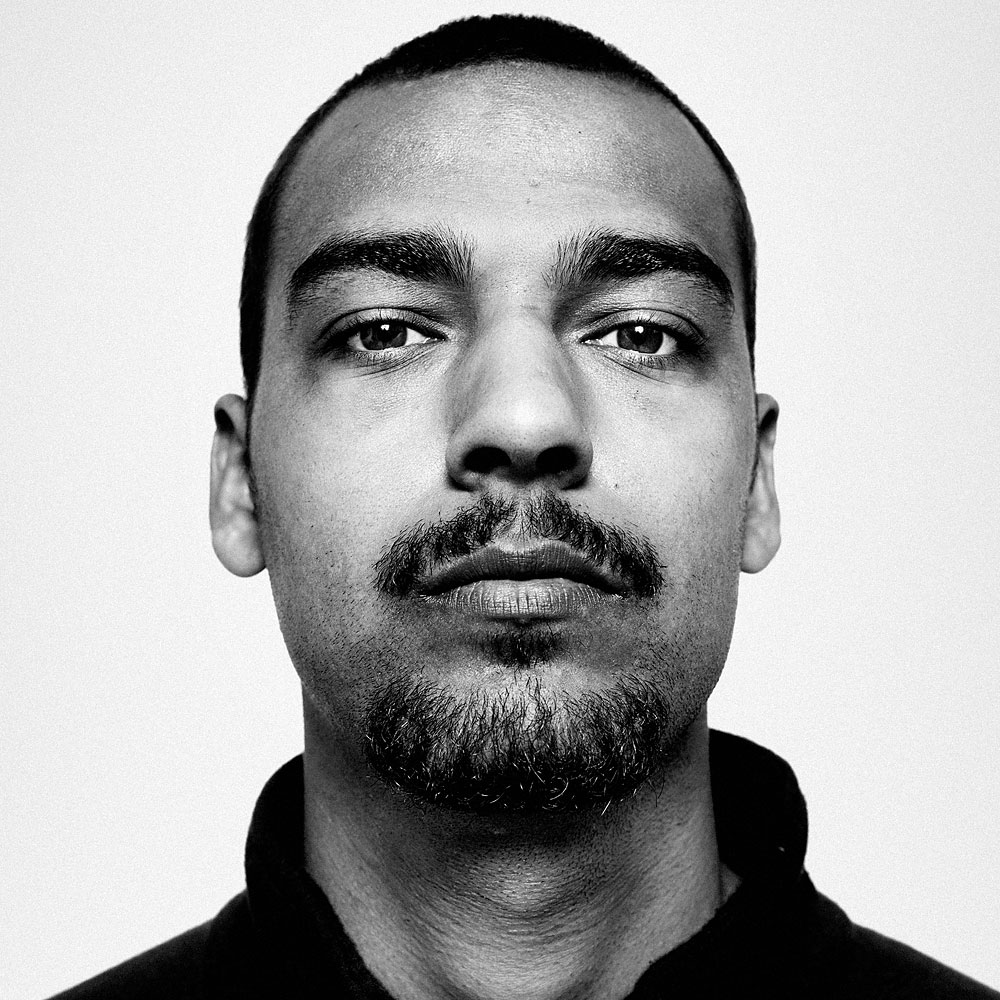
A Canadian freelance photographer was killed in Aleppo on Sunday while covering the civil war in Syria, activists and a family member said, after a government attack on the northern city.
Ali Mustafa and seven others were killed after regime aircraft dropped barrel bombs on the opposition-held Hadariyeh area of Aleppo, reports AP. A military helicopter dropped one crude bomb, an activist said, then another after bystanders and journalists had gathered to survey the scene. The activist said Mustafa was mortally wounded by the second bomb.
Mustafa’s family reportedly learned of his death through social media after his Facebook page lit up with remembrances. In a public conversation on the page, his sister Justina Rosa Botelho asked for a picture of his body to confirm the news and provided her email. “Please show me,” she wrote. “So that I may call my mom.” A picture of a bloodied man who resembled Mustafa was later posted on the same page.
Less than two weeks ago, Mustafa had filed photographs of the aftermath of a barrel bomb attack in Aleppo to the European Pressphoto Agency (EPA). One picture, from Feb. 26, shows civilians looking for survivors at a destroyed building in the neighborhood of Kalase.
Mustafa’s photographs from Syria were frequently published online, recently by the Guardian, The Times and Radio Free Europe. In a lengthy interview last year, Toronto-based Mustafa explained why he was drawn to documenting the war in Syria after covering unrest around the Middle East. “I could not ignore this ongoing human tragedy any longer,” he said. “The only way I could truly get a sense of the reality on the ground was to go there to figure it out for myself.”
Patrick Witty, until recently TIME’s International Picture Editor, recalled meeting Mustafa in November 2011, when he and photographer Peter Hapak were in Cairo to make portraits of protesters, whom TIME named Person of the Year. “These kids were streaming into our makeshift studio, set up in a photographer friend’s apartment near Tahrir Square,” Witty said. “Some of their eyes were smudged with Maalox to counter the burning affect of tear gas.”

“After Peter made the portrait of Ali, he told me he was a photographer and offered to show me pictures he made of the protests. He pulled out his camera and started flipping through photos on the tiny screen on the back of the camera. We all gathered close around his camera and were in awe. His pictures were raw, filled with energy, very intense. I told him to keep in touch with me and he did. Occasionally, he’d send me protest photos from Cairo via email, along with a sweet note, and each time they were stronger and stronger,” Witty adds. “I didn’t know he was in Syria until today, when I found out he was killed. It’s so tragic. He had such a bright future ahead of him. My heart goes out to his family and friends.”
For two years in a row, the Committee to Protect Journalists has grimly labeled Syria the world’s most deadly country for journalists, with 29 killed last year alone. There are also more journalists missing there—61 known abductions of locals and foreigners—than anywhere else in the world.
More Must-Reads from TIME
- Inside Elon Musk’s War on Washington
- Meet the 2025 Women of the Year
- The Harsh Truth About Disability Inclusion
- Why Do More Young Adults Have Cancer?
- Colman Domingo Leads With Radical Love
- How to Get Better at Doing Things Alone
- Cecily Strong on Goober the Clown
- Column: The Rise of America’s Broligarchy
Contact us at letters@time.com